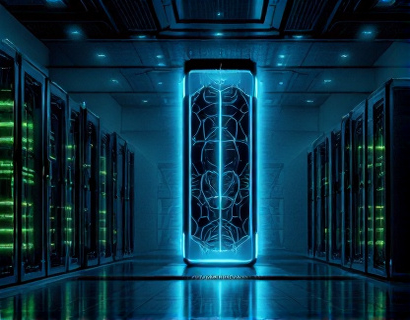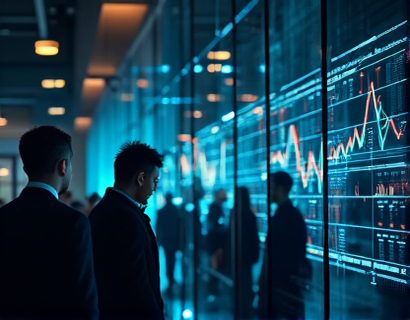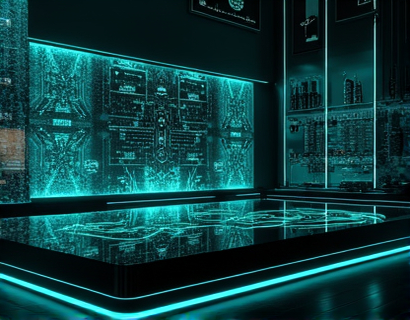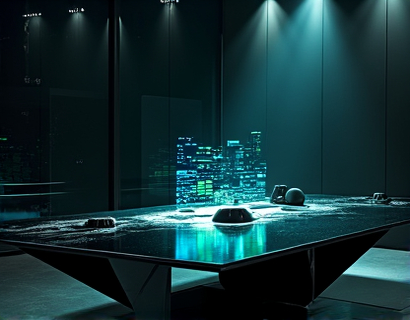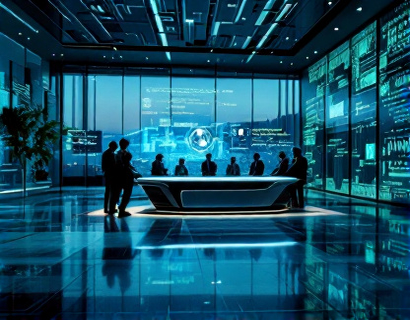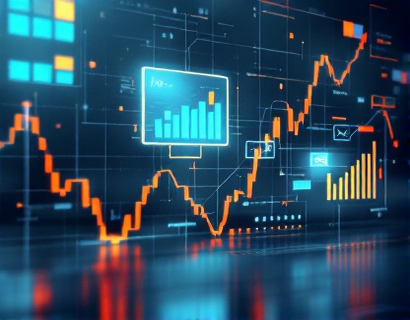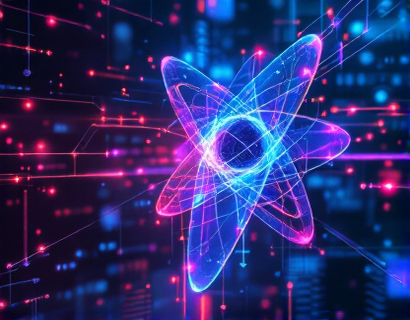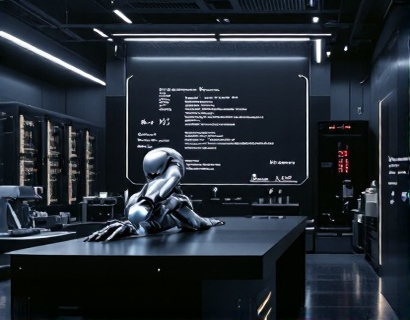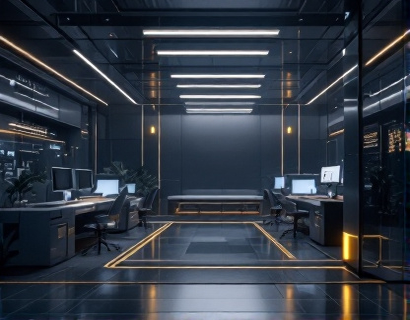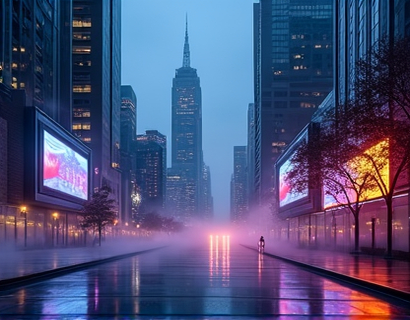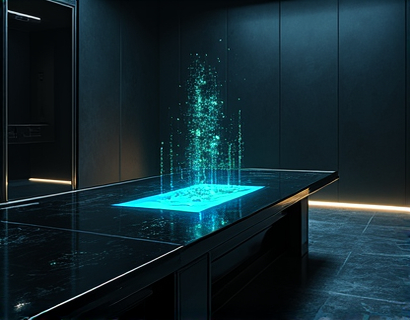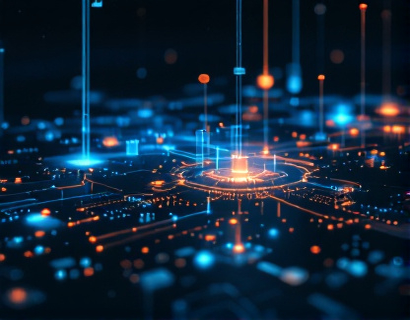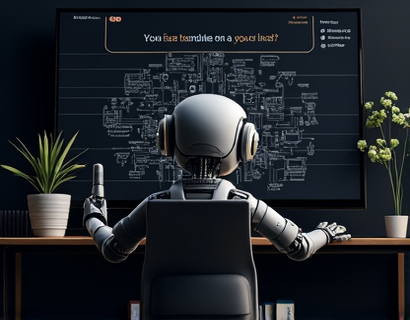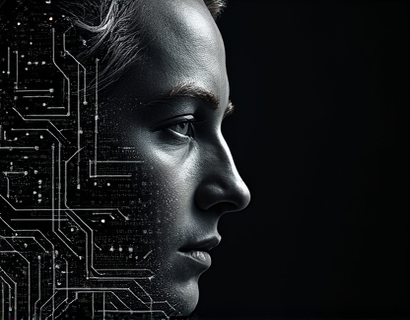Advanced Lighting and Sound Hardware Solutions for Seamless Event Management
In the realm of event planning and production management, the integration of advanced lighting and sound hardware solutions plays a pivotal role in delivering a memorable experience for attendees. The ability to seamlessly control and manage these systems is crucial for ensuring that every aspect of the event runs smoothly and meets the highest standards of quality. This article delves into the importance of utilizing sophisticated hardware management software to optimize the performance of lighting and sound systems, providing event planners and production managers with the tools necessary to maximize their audio-visual impact.
The modern event landscape demands more than just basic lighting and sound setups. Today's audiences expect immersive and dynamic experiences that captivate their senses and leave a lasting impression. To achieve this, event professionals must leverage cutting-edge technology that allows for precise control and seamless integration of lighting and sound equipment. Advanced hardware management software serves as the backbone of this process, offering a comprehensive platform to manage and coordinate various components of an event's audio-visual setup.
Enhancing Control and Integration
One of the primary benefits of employing advanced hardware management software is the enhanced control it provides over lighting and sound systems. These solutions enable users to centralize the management of multiple devices and systems, simplifying the process of adjusting settings, scheduling sequences, and monitoring performance in real-time. By consolidating control into a single interface, event professionals can efficiently manage complex setups with ease, reducing the potential for errors and ensuring a cohesive presentation.
Integration is another critical aspect where advanced software shines. Modern lighting and sound systems often consist of disparate components from different manufacturers, each with its own control protocols and interfaces. Advanced hardware management software bridges this gap by supporting a wide range of protocols, including DMX, Art-Net, OSC, and more. This universal compatibility ensures that all devices work together harmoniously, regardless of their brand or model, creating a unified and synchronized audio-visual experience.
Streamlining Workflows
The efficiency of event production is significantly improved through the use of advanced hardware management software. These tools automate many routine tasks, such as device discovery, configuration, and calibration, freeing up valuable time for event professionals to focus on creative aspects of the event. For instance, the software can automatically detect connected devices and generate pre-set configurations based on common scenarios, reducing the time required for setup and minimizing the risk of human error.
Furthermore, advanced software often includes features like presets and templates, allowing users to save and reuse configurations for future events. This not only saves time but also ensures consistency across multiple events, which is particularly beneficial for regular venues and recurring productions. The ability to quickly switch between presets and templates streamlines the workflow, making it easier to adapt to different event requirements and scenarios.
Optimizing Performance and Reliability
Reliability is paramount in event production, where downtime can have significant consequences. Advanced hardware management software enhances the reliability of lighting and sound systems by providing robust monitoring and diagnostic tools. These features allow users to continuously monitor the status of connected devices, receive alerts for potential issues, and perform proactive maintenance to prevent failures during critical moments. By maintaining a high level of system health, event professionals can ensure that their audio-visual setup performs flawlessly from start to finish.
Another aspect of performance optimization is the ability to fine-tune system settings for optimal output. Advanced software often includes advanced tuning tools that enable precise adjustments to brightness, color, panning, and other parameters. This level of control ensures that the lighting and sound contribute effectively to the overall atmosphere and mood of the event, enhancing the audience's experience and engagement.
User-Friendly Interfaces and Remote Access
The user-friendliness of hardware management software is a key factor in its adoption and effectiveness. Modern solutions are designed with intuitive interfaces that are easy to navigate, even for users with limited technical expertise. This accessibility ensures that all members of the production team, from directors to technicians, can effectively utilize the software to manage the event's audio-visual elements. The clear and logical layout of the interface reduces the learning curve, allowing for quicker onboarding and more efficient collaboration.
Remote access is another valuable feature of advanced hardware management software. In today's connected world, the ability to monitor and control lighting and sound systems from a distance is increasingly important. Whether it's for last-minute adjustments or troubleshooting issues, remote access enables event professionals to maintain control over the system regardless of their physical location. This flexibility is particularly useful for large-scale events or those spanning multiple venues, where on-site presence may not always be feasible.
Scalability and Future-Proofing
As events grow in scale and complexity, the ability to scale the audio-visual setup accordingly is crucial. Advanced hardware management software is designed to be scalable, accommodating both small intimate gatherings and large-scale productions. Whether managing a handful of speakers and lights or an entire arena with intricate lighting designs, the software can handle the load without compromising performance. This scalability ensures that event professionals can confidently plan for any size event, knowing that their tools will adapt as needed.
Future-proofing is another consideration when selecting hardware management software. The technology landscape is constantly evolving, with new devices and protocols emerging regularly. A forward-thinking solution will support upcoming standards and technologies, ensuring that the investment remains relevant and effective over time. By choosing software that is open and adaptable, event planners can future-proof their operations and avoid the need for frequent upgrades or replacements.
Enhancing Creativity and Innovation
The true power of advanced lighting and sound hardware management software lies in its ability to enhance creativity and innovation in event production. With a robust platform at their disposal, event professionals can experiment with new ideas and techniques, pushing the boundaries of what is possible. The precision and control offered by these tools allow for the creation of dynamic and interactive environments that engage audiences on a deeper level.
For example, advanced lighting systems can be programmed to respond to music or audience interactions, creating a truly immersive experience. Similarly, sound systems can be configured to provide spatial audio, placing sounds in specific locations within the venue to enhance the sense of presence. These capabilities not only elevate the event's aesthetic but also provide a more engaging and memorable experience for attendees.
Case Studies and Real-World Applications
To better understand the impact of advanced hardware management software, let's consider a few real-world applications. In a large-scale music festival, the use of a centralized software platform allowed the production team to manage hundreds of lighting fixtures and sound systems from a single console. This streamlined approach reduced setup time by 30% and minimized the risk of errors, ensuring that the festival ran smoothly from start to finish. The ability to quickly adjust lighting patterns and sound levels in response to the performance enhanced the overall energy and excitement of the event.
In a corporate conference setting, advanced software enabled the organizers to create a seamless presentation environment with synchronized visuals and audio. The ability to remotely monitor and control the system from a central location allowed for efficient troubleshooting and adjustments during the event, ensuring that the presentations ran without interruption. The professional and polished presentation contributed significantly to the success of the conference.
Conclusion
In conclusion, the integration of advanced lighting and sound hardware management software is an essential component of modern event management. These tools provide unparalleled control, integration, and reliability, enabling event planners and production managers to deliver high-quality, immersive experiences. By leveraging the power of advanced software, professionals can streamline workflows, optimize performance, and enhance creativity, ultimately maximizing the audio-visual impact of any event. As technology continues to evolve, the importance of these solutions will only grow, making them an indispensable asset in the world of event production.



